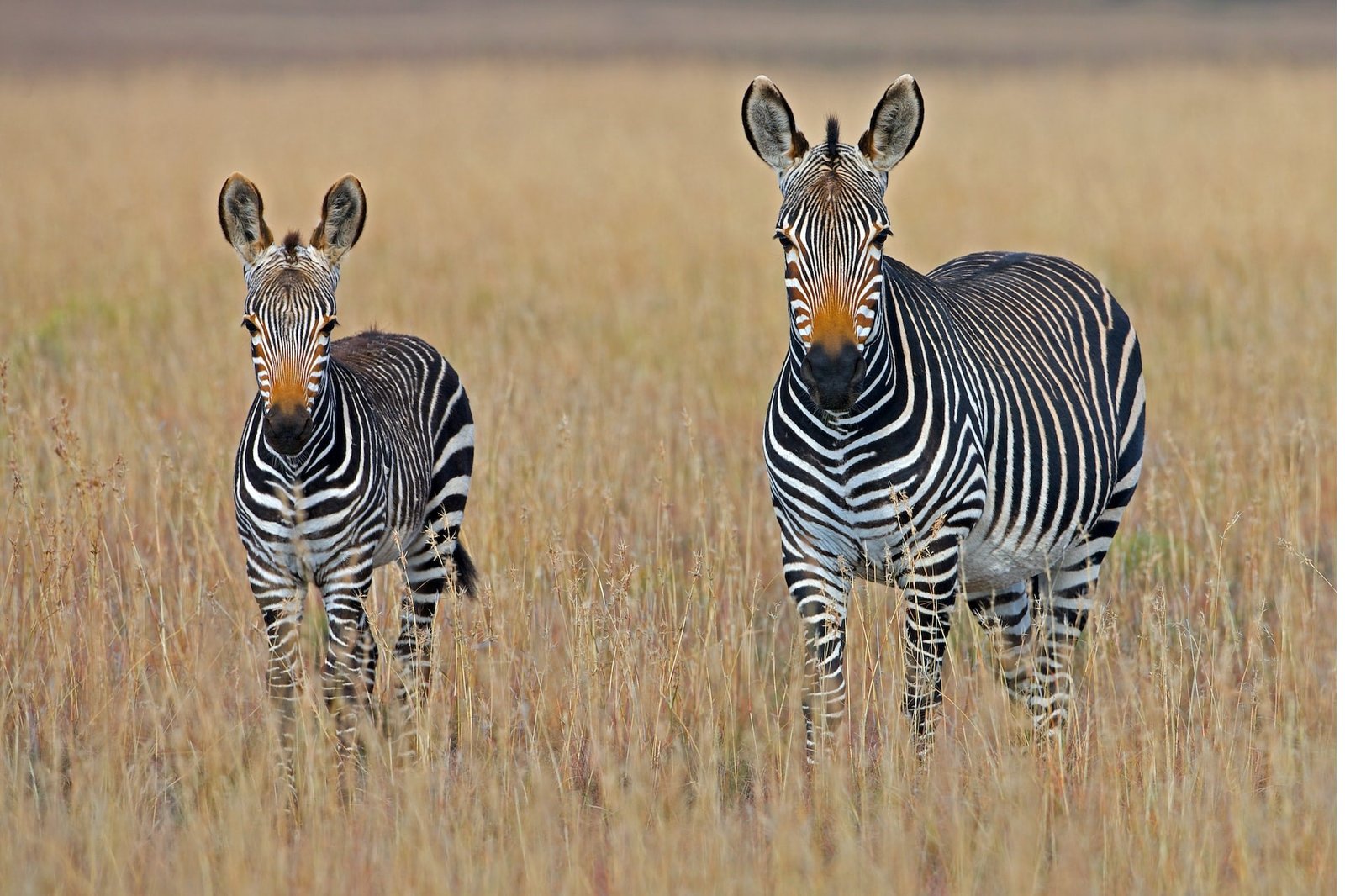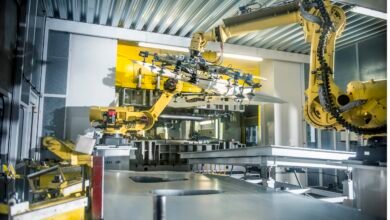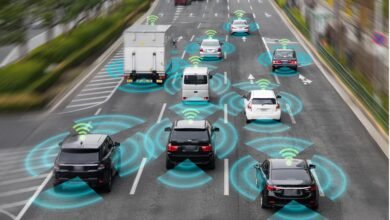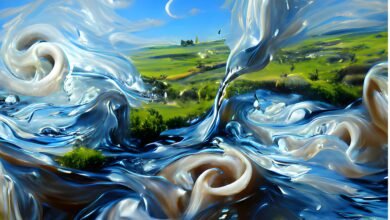How to Use AI in Wildlife Conservation Efforts in 2023

In today’s rapidly changing world, the conservation of wildlife has become a paramount concern. The diverse ecosystems that house countless species are under constant threat due to various factors, including habitat loss, climate change, and poaching. However, as we step into 2023, we have a powerful ally in our efforts to protect endangered species and their habitats: Artificial Intelligence (AI). This article explores the innovative ways AI is being employed to bolster wildlife conservation in 2023.
Wildlife conservation has traditionally relied on human efforts, but AI is ushering in a new era of efficiency and effectiveness. With the power of AI, we can address some of the most pressing challenges facing our planet’s biodiversity.
AI-Powered Camera Traps

One of the most promising applications of AI in wildlife conservation is the use of AI-powered camera traps. These devices are equipped with advanced image recognition algorithms that can distinguish between various species, helping researchers monitor wildlife populations more accurately.
Data Analysis and Species Identification
AI has revolutionized data analysis in conservation efforts. It can process vast amounts of data quickly, making it easier to identify trends and track the movement of endangered species. This real-time data is invaluable for conservationists and helps them make informed decisions.
Predictive Modeling for Habitat Conservation
AI is not only helping us track wildlife but also predict their habitat needs. Using historical data and environmental factors, AI can predict how habitats might change in the future due to climate change and urban development, enabling us to take proactive conservation measures.
Anti-Poaching Initiatives
Poaching remains a grave threat to many endangered species. AI is being used to develop smart surveillance systems that can detect illegal activities in protected areas. These systems can alert authorities to potential poaching incidents, significantly improving response times.
AI in Wildlife in Marine Conservation
Marine conservation efforts are also benefiting from AI technologies. Underwater drones equipped with AI can monitor coral reefs, track migratory patterns of marine species, and detect illegal fishing activities, safeguarding our oceans and their inhabitants.
Challenges and Ethical Considerations
While AI holds immense potential, it is not without its challenges. Privacy concerns, data security, and the potential for AI to inadvertently harm ecosystems are important ethical considerations that must be addressed in AI-driven conservation efforts.
Future Prospects of AI in Wildlife Conservation
As AI technology continues to advance, its role in wildlife conservation is only expected to grow. With the development of more sophisticated algorithms and the integration of AI with other technologies, such as drones and satellite imagery, we can expect even more significant strides in preserving our planet’s biodiversity.
The Role of AI in Wildlife Conservation

Enhancing Monitoring and Surveillance
Traditional wildlife monitoring methods have their limitations, often relying on manpower and physical presence. AI-equipped cameras and drones are changing the game. These technologies can continuously monitor vast areas, detecting and identifying species, tracking their movements, and alerting conservationists to potential threats, such as poaching or habitat destruction.
Species Identification
One of the challenges in conservation is identifying species quickly and accurately. AI-powered image recognition and machine learning algorithms can now identify animals and plants from images or even sounds. This capability streamlines data collection and analysis, aiding researchers in understanding population dynamics and species distributions.
Predictive Analytics
AI can process massive datasets and weather patterns to predict where and when wildlife may be at risk. This enables proactive conservation efforts, such as relocating animals threatened by climate change or preparing for extreme weather events that could impact habitats.
Anti-Poaching Efforts
Poaching remains a significant threat to wildlife, but AI is a formidable ally. AI algorithms can analyze data from various sources, such as camera traps and acoustic sensors, to detect illegal activities in real-time. This allows for swift responses from law enforcement and conservation organizations.
AI in Wildlife and Ecosystem Restoration
Habitat Restoration Planning
Restoring damaged ecosystems is crucial for wildlife conservation. AI can assist in planning and executing restoration projects more effectively by analyzing historical data and ecological models. This ensures that limited resources are used efficiently to restore habitats and bolster biodiversity.
Invasive Species Management
Invasive species can wreak havoc on native ecosystems. AI helps in identifying and managing these invaders by analyzing their behavior and developing targeted strategies for their control.
Challenges and Ethical Considerations AI in Wildlife
Data Privacy
The use of AI in wildlife conservation raises questions about data privacy, especially when it comes to tracking and monitoring animals. Striking a balance between conservation efforts and individual privacy remains a challenge.
Ethical AI Use
Ensuring AI is used ethically and responsibly is paramount. Conservationists must consider the implications of AI, such as potential biases in data and decision-making, to avoid unintentional harm to wildlife and ecosystems.
The Future of AI in Wildlife Conservation
In recent years, the field of wildlife conservation has seen a remarkable transformation with the integration of Artificial Intelligence (AI). This innovative synergy between technology and ecology is revolutionizing the way we protect and preserve our planet’s diverse ecosystems and endangered species. In this article, we will delve into the promising prospects of AI in wildlife conservation and how it is shaping the future of our planet’s biodiversity.
Advancements in AI Technology
AI technology is continuously evolving, and its applications in wildlife conservation will only become more sophisticated. Expect to see improved algorithms, better hardware, and more affordable solutions.
Global Collaboration
The future of wildlife conservation lies in international cooperation. AI can facilitate information sharing and collaborative efforts on a global scale, leading to more effective conservation strategies.
Education and Awareness

As AI takes a more prominent role in conservation, educating the public about its benefits and limitations becomes essential. Building awareness can garner support for AI-driven conservation initiatives.
Conclusion
In 2023, AI in Wildlife is a powerful tool that can help us protect endangered species and their habitats. From AI-powered camera traps to predictive modeling and anti-poaching initiatives, the applications of AI in wildlife conservation are diverse and promising.
Read more : Best 20 Budget-Friendly Countries to Visit in the World 2023
FAQs(AI in Wildlife)
How does AI in Wildlife powered camera trap technology work?
AI-powered camera traps use image recognition algorithms to identify and monitor wildlife species by analyzing images or video footage.
What are the main challenges in implementing AI in wildlife conservation?
The main challenges include data privacy concerns, data security, and ethical considerations surrounding the use of AI in conservation.
Can AI help with marine conservation efforts?
Yes, AI is being used in marine conservation to monitor marine ecosystems, track species, and combat illegal fishing activities.
What is predictive modeling in habitat conservation?
Predictive modeling uses AI to forecast changes in habitats based on historical data and environmental factors, helping conservationists plan for the future.
How can I get involved in AI in Wildlife driven wildlife conservation efforts?
You can get involved by supporting organizations that use AI for conservation, volunteering, or pursuing a career in conservation technology.
Read more : How to Embrace the Future of Space Exploration in 2023







